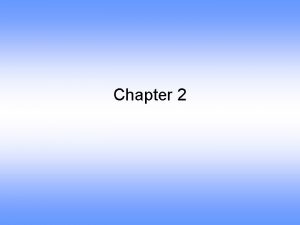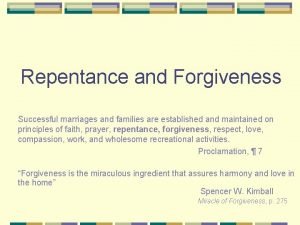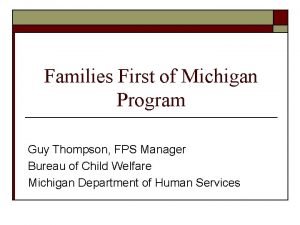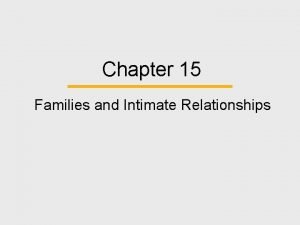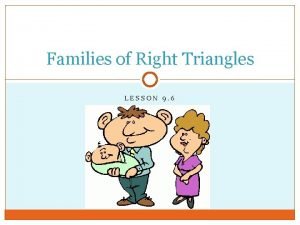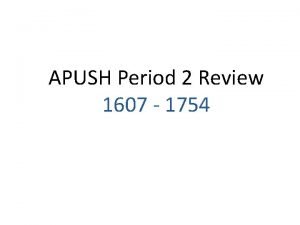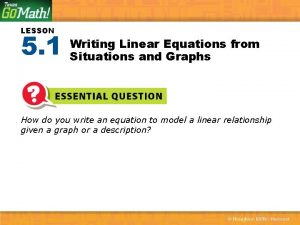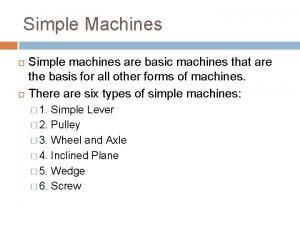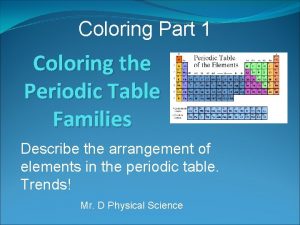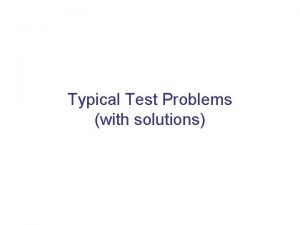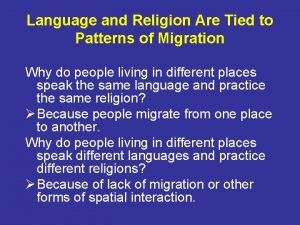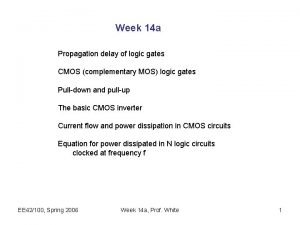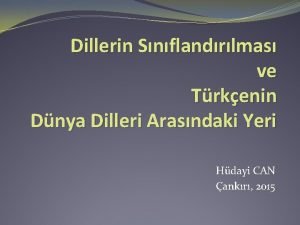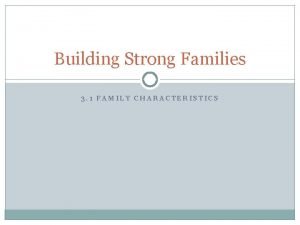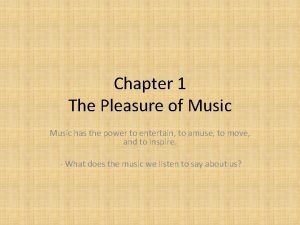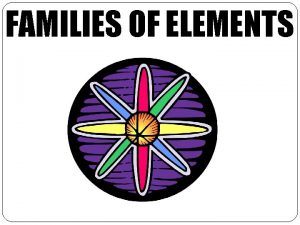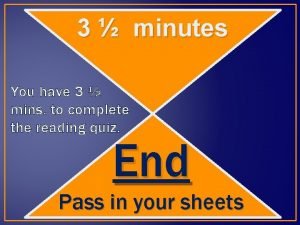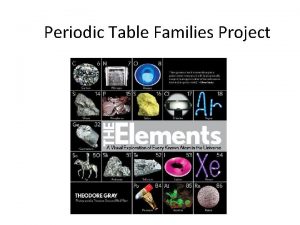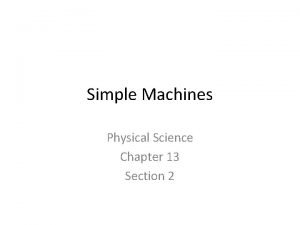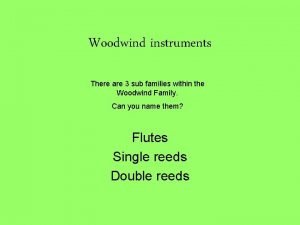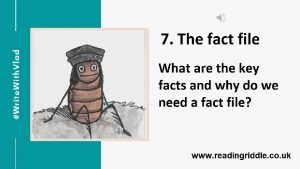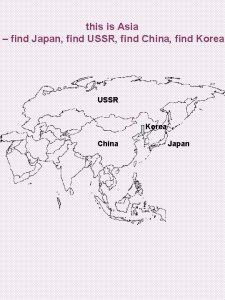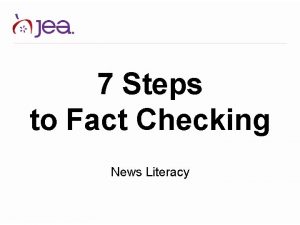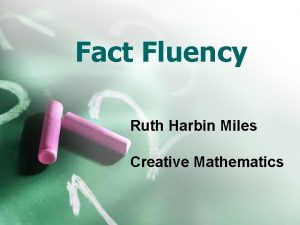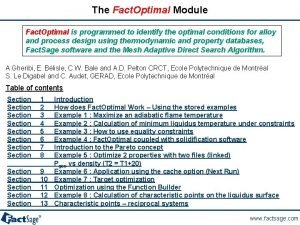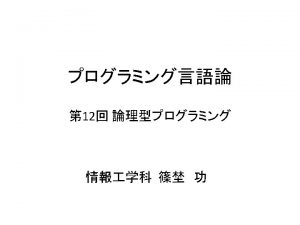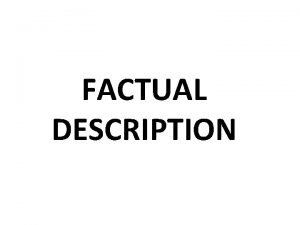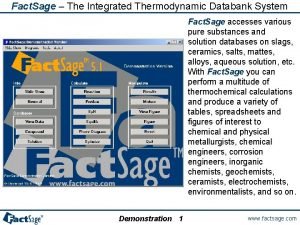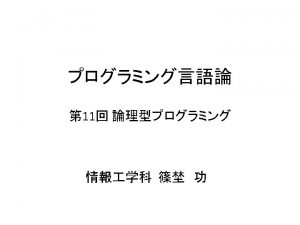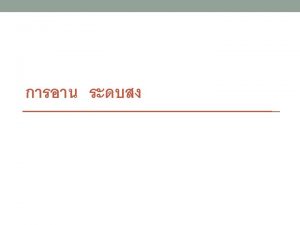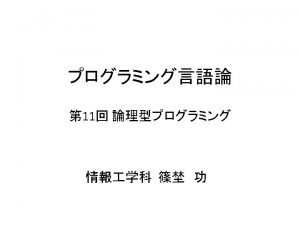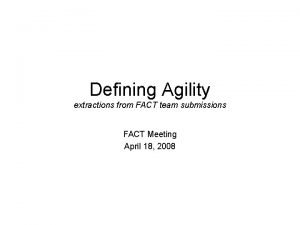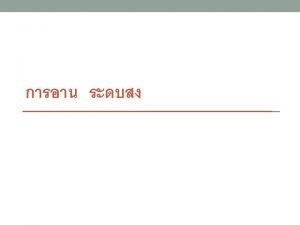16 11 20 LI To find fact families




















































- Slides: 52

16. 11. 20 LI: To find fact families.

Vocabulary • Add • Plus • Subtract • Minus


Fluency 3 + 2 = 5 5 = 3 + 2 2 + 3 = 5 5 = 2 + 3 - 3 = 2 5 - 2 = 3 3 = 5 5 - 2 2 = 5 - 3

Fluency 5 + 4 = 9 9 = 5 + 4 4 + 5 = 9 9 = 4 + 5 - 5 = 4 9 - 4 = 5 5 = 9 9 - 4 4 = 9 - 5

Fluency Write a fact family for the part-whole model. 5 + 3 = 8 8 = 5 + 3 3 + 5 = 8 8 = 3 + 5 - 5 = 3 8 - 3 = 5 5 = 8 8 - 3 3 = 8 - 5 5 8 3

Fluency Write a fact family for the part-whole model. 6 + 4 = 10 10 = 6 + 4 4 + 6 = 10 10 = 4 + 6 - 6 = 4 10 - 4 = 6 6 = 10 10 - 4 4 = 10 - 6 6 10 4

Challenge – Reasoning 8 © White Rose Maths 2019

17. 11. 20 LI: To find fact families.

Vocabulary • Add • Plus • Subtract • Minus




Fluency Use the part-whole model to create a fact family of 8. 7 2 5 2 + _____5= _____ 7 7 = _____2+ _____ 5 5 + _____2= _____ 7 7 = _____5+ _____ 2 7 – _____2= _____ 5 5 = _____7– _____ 2 7 – _____5= _____ 2 2 = _____7– _____ 5

Fluency Use the part-whole model to create a fact family of 8. 9 6 3 6 + _____3= _____ 9 9 = _____6+ _____ 3 3 + _____6= _____ 9 9 = _____3+ _____ 6 9 – _____6= _____ 3 3 = _____9– _____ 6 9 – _____3= _____ 6 6 = _____9– _____ 3

Fluency Use the part-whole model to create a fact family of 8. 6 4 2 4 + _____2= _____ 6 6 = _____4+ _____ 2 2 + _____4= _____ 6 6 = _____2+ _____ 4 6 – _____4= _____ 2 2 = _____6– _____ 4 6 – _____2= _____ 4 4 = _____6– _____ 2

Practical: Select a number card and create a fact family of 8.

Challenge – Problem Solving Amir has 5 counters in total. Each of his counters are either in a bag or a cup. How many different ways could the counters be split between the bag and the cup? Write 8 number sentences to go with each. Are any of the sets of number sentences the same? Why? 18 © White Rose Maths 2019

18. 11. 20 LI: To count back.

Vocabulary • 10 – 1 • Counting • Down • Backwards


Fluency Which operation do we use to count back? How can a number track help us? 1 2 3 4 5 6 7 8 9 10

Fluency Use the number track to help calculate: 5– 3 1 2 3 4 5 6 5– 3=2 7 8 9 10

Fluency Use the number track to help calculate: 7– 4 1 2 3 4 5 6 7– 4=3 7 8 9 10

Fluency Use the number track to help calculate: 9– 2 1 2 3 4 5 6 9– 2=7 7 8 9 10

Fluency Use the number track to help calculate: 8– 4 1 2 3 4 5 6 8– 4=4 7 8 9 10

Fluency Use the number track to help calculate: 10 – 3 1 2 3 4 5 6 10 – 3 = 7 7 8 9 10

Practical: Use a number track to help you count back. Fluency

Challenge – Reasoning 29 © White Rose Maths 2019

19. 11. 20 LI: To count back.

Vocabulary • 10 – 1 • Counting • Down • Backwards


Fluency Complete the number sentence. – 1 0 1 2 3 4 5 6 5– 1= 4 7 8 9 10

Fluency Complete the number sentence. – 1 0 1 2 – 1 3 – 1 4 – 1 5 6 6– 4= 2 7 8 9 10

Fluency Complete the number sentence. – 1 0 1 2 3 4 – 1 5 6 7– 2= 5 7 8 9 10

Fluency Complete the number sentence. – 1 0 1 2 3 4 – 1 5 6 8– 3= 5 – 1 7 8 9 10

Fluency Complete the number sentence. – 1 0 1 2 3 4 5 9 – 3= 6 6 – 1 7 – 1 8 9 10

Reasoning Ben is representing 6 – 3 on the number line below. What mistake has Ben made in the number line? – 1 0 1 2 3 4 – 1 5 6 7 8 9 Ben has only counted two jumps. He needs to count 3 jumps from 6 to get the answer 3. 10

Problem solving I count back from 7. How many steps does it take to get to two? – 1 0 1 2 – 1 3 – 1 4 – 1 5 Show this in a number sentence. 7– 5=2 – 1 6 7 8 9 10

Challenge – Problem Solving The answer is 2 How many ways can you get to this by counting backwards on this number line? 40 © White Rose Maths 2019

20. 11. 20 LI: To find the difference.

Vocabulary • 1 – 10 • Difference • What is the difference between the numbers?


Fluency Find the difference between the colour cubes. The difference between _____4 and _____ is 3_____. 4 – 3 = 1 1

Fluency Find the difference between the colour cubes. The difference between _____5 and _____ is 2_____. 5 – 2 = 3 3

Fluency Find the difference between the colour cubes. The difference between _____6 and _____ is 4_____. 6 – 4 = 2 2

Fluency Find the difference between the colour cubes. The difference between _____3 and _____ is 2_____. 3 – 2 = 1 1

Fluency Match the colour cubes to their difference. 2 3 4

Which number sentence represents the difference between the pink cubes and yellow cubes? a) 9 – 3 = 6 b) 6 – 3 = 3 c) 3 – 9 = 6 How do you know? There are 6 pink cubes and 3 yellow cubes. The difference is 3. Reasoning

How many number sentences can you make to show the difference between the coloured counters? ? – ? = ? For example: Red and yellow (4 – 3 = 1). Yellow and blue (4 – 2 = 2). Blue and green (2 – 1 = 1). Green and red (3 – 1 = 2). Red and blue (3 – 2 = 1). Yellow and green (4 – 1 = 3). Problem solving

Challenge – Reasoning Two numbers have a difference of 4 The larger number is less than 10 What could the two numbers be? 51 © White Rose Maths 2019

Challenge – Problem Solving Annie says, The difference in number of spots on the lady birds is 7 Write a number sentence to show why Annie is correct. 52 © White Rose Maths 2019
 Big families vs small families
Big families vs small families Some families eat turkey on thanksgiving fact or opinion
Some families eat turkey on thanksgiving fact or opinion Families of organic compounds
Families of organic compounds Successful marriages and families
Successful marriages and families Families first michigan
Families first michigan Serving individuals and families
Serving individuals and families Idiophone instruments examples
Idiophone instruments examples Family life today
Family life today Military families
Military families What are the chemical families on the periodic table
What are the chemical families on the periodic table Families of right triangle
Families of right triangle Personal facet
Personal facet Surrogate families apush
Surrogate families apush Chapter 7 lesson 3 help for families
Chapter 7 lesson 3 help for families Diagnostic features of ranunculaceae
Diagnostic features of ranunculaceae Lee charges $3 for a basket
Lee charges $3 for a basket Georgia families 360
Georgia families 360 Lever family simple machines
Lever family simple machines Alkali metals periodic table
Alkali metals periodic table Working with culturally and linguistically diverse families
Working with culturally and linguistically diverse families Out of 800 families with 4
Out of 800 families with 4 Language families
Language families Old world language families
Old world language families The simpsons text
The simpsons text Effective support for families in essex
Effective support for families in essex Periodic table staircase
Periodic table staircase Propagation delay
Propagation delay Families can be together forever song
Families can be together forever song Dil ağacı
Dil ağacı Families of the orchestra
Families of the orchestra What are the characteristics of a strong family
What are the characteristics of a strong family Ja our families
Ja our families Dc healthy families
Dc healthy families Families in focus essex
Families in focus essex The needs of families and suitability for the local
The needs of families and suitability for the local Designing product families
Designing product families Secrets destroy families
Secrets destroy families Most english families live in a
Most english families live in a Compare and contrast the bach and marsalis families
Compare and contrast the bach and marsalis families The eight families
The eight families Which group is alkali earth metals
Which group is alkali earth metals Most abundant element on earth
Most abundant element on earth Daimyo were heads of noble families who
Daimyo were heads of noble families who Connecting families bath
Connecting families bath Individuals and families diverse perspectives
Individuals and families diverse perspectives Jumper family kinetic letters
Jumper family kinetic letters Families of elements in the periodic table
Families of elements in the periodic table Chapter 9. voices and instrument families
Chapter 9. voices and instrument families Compound machines
Compound machines Compare and contrast the bach and marsalis families
Compare and contrast the bach and marsalis families Reed instruments
Reed instruments Dugdale
Dugdale Healthy families new york
Healthy families new york


